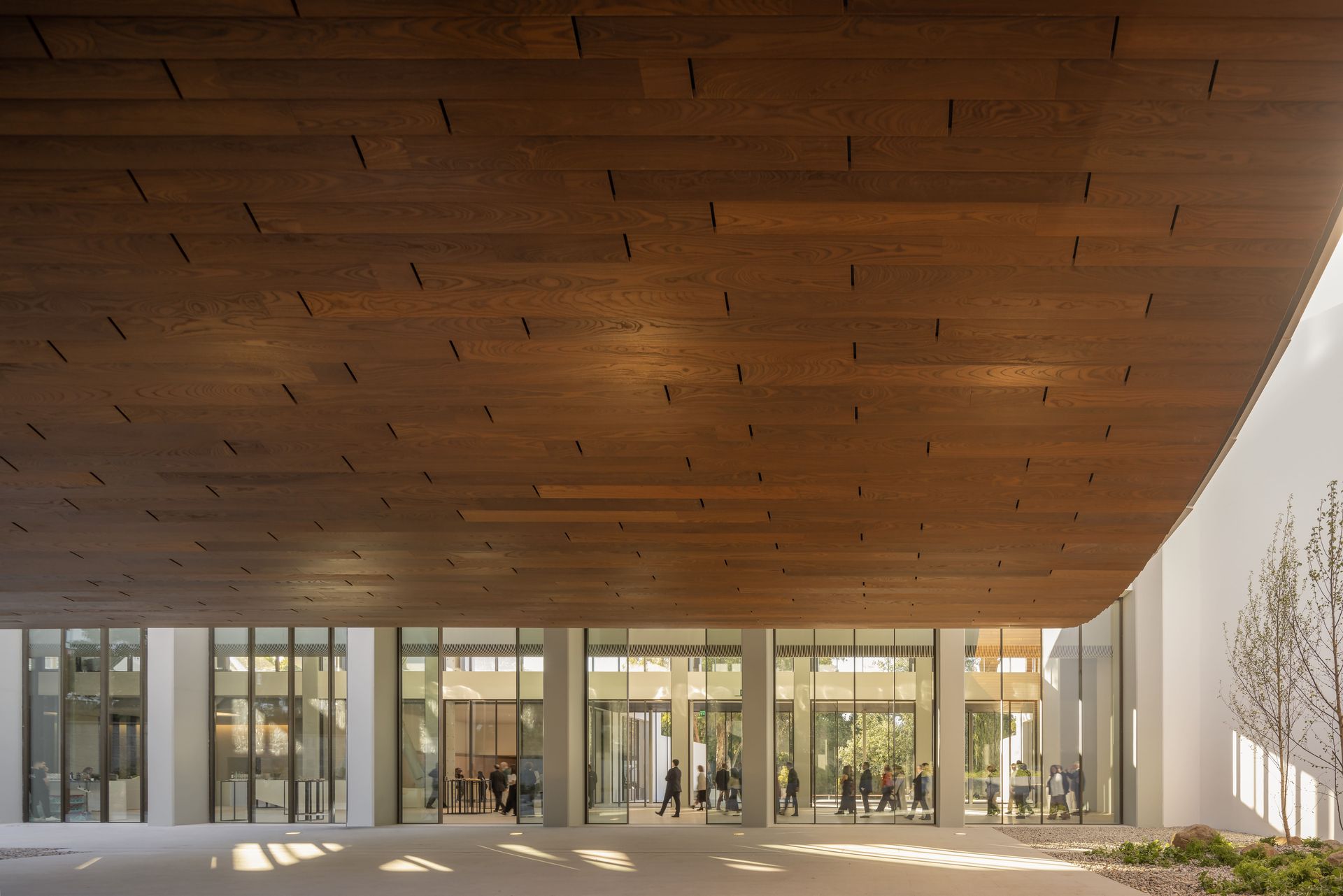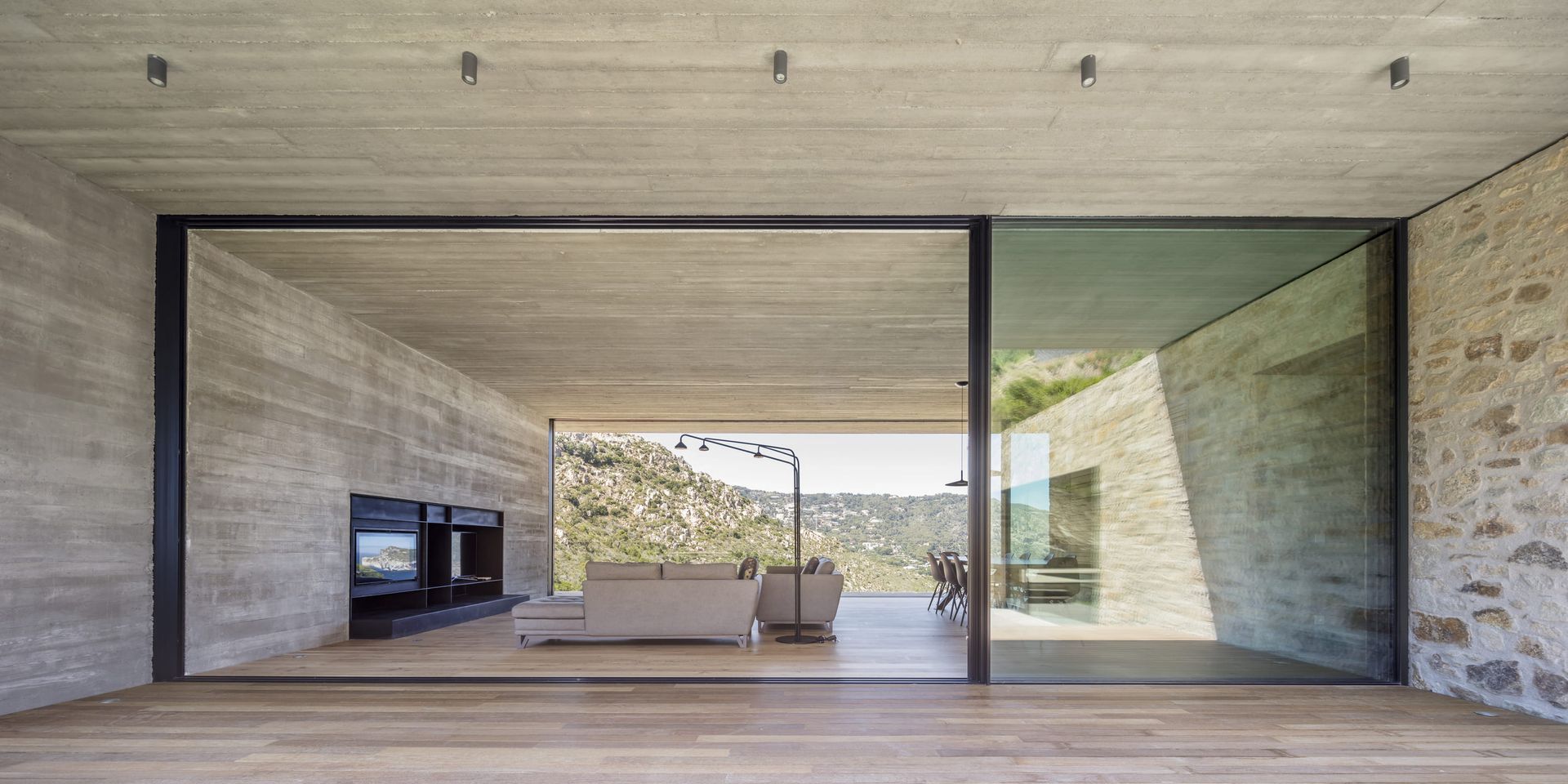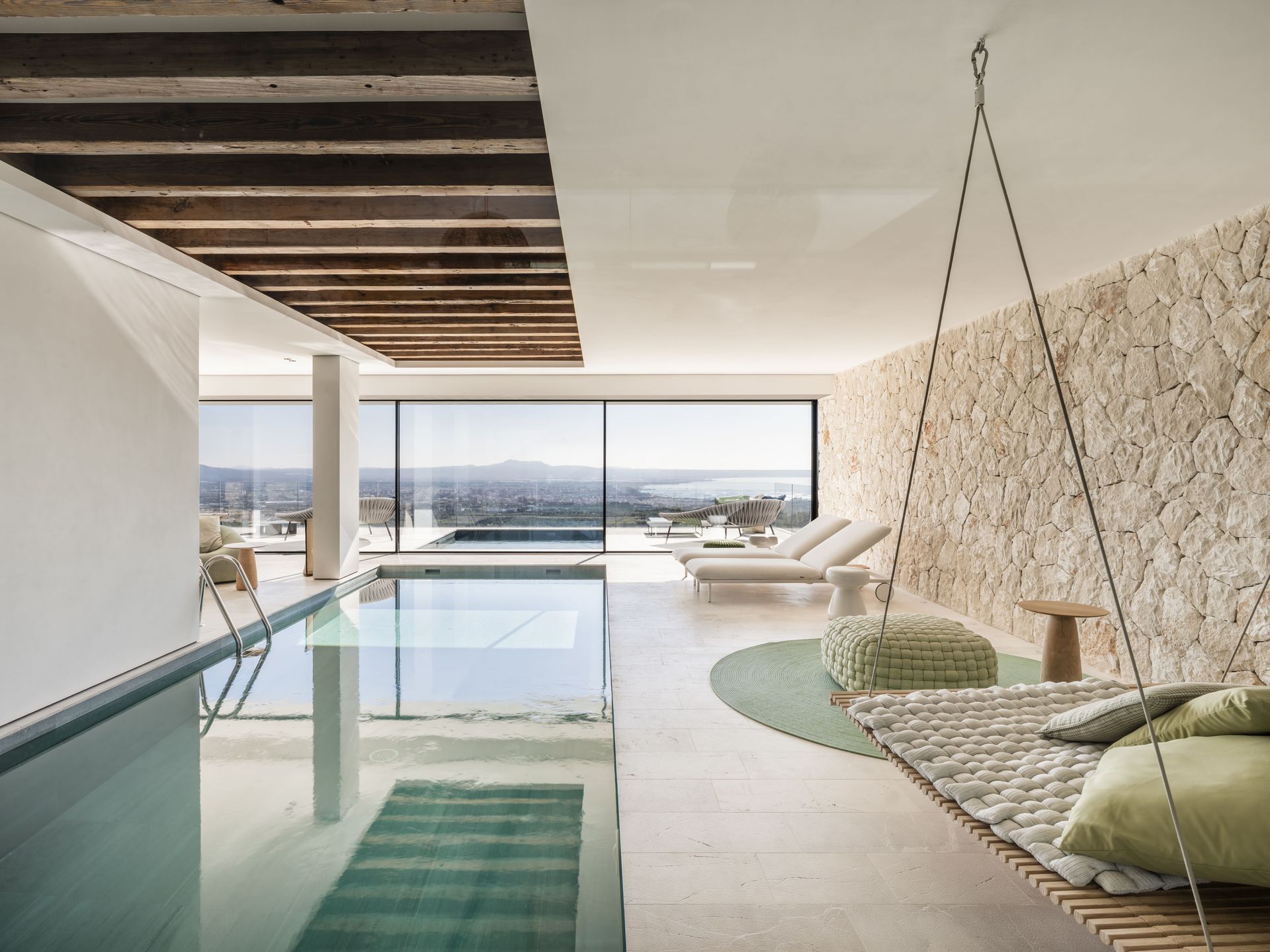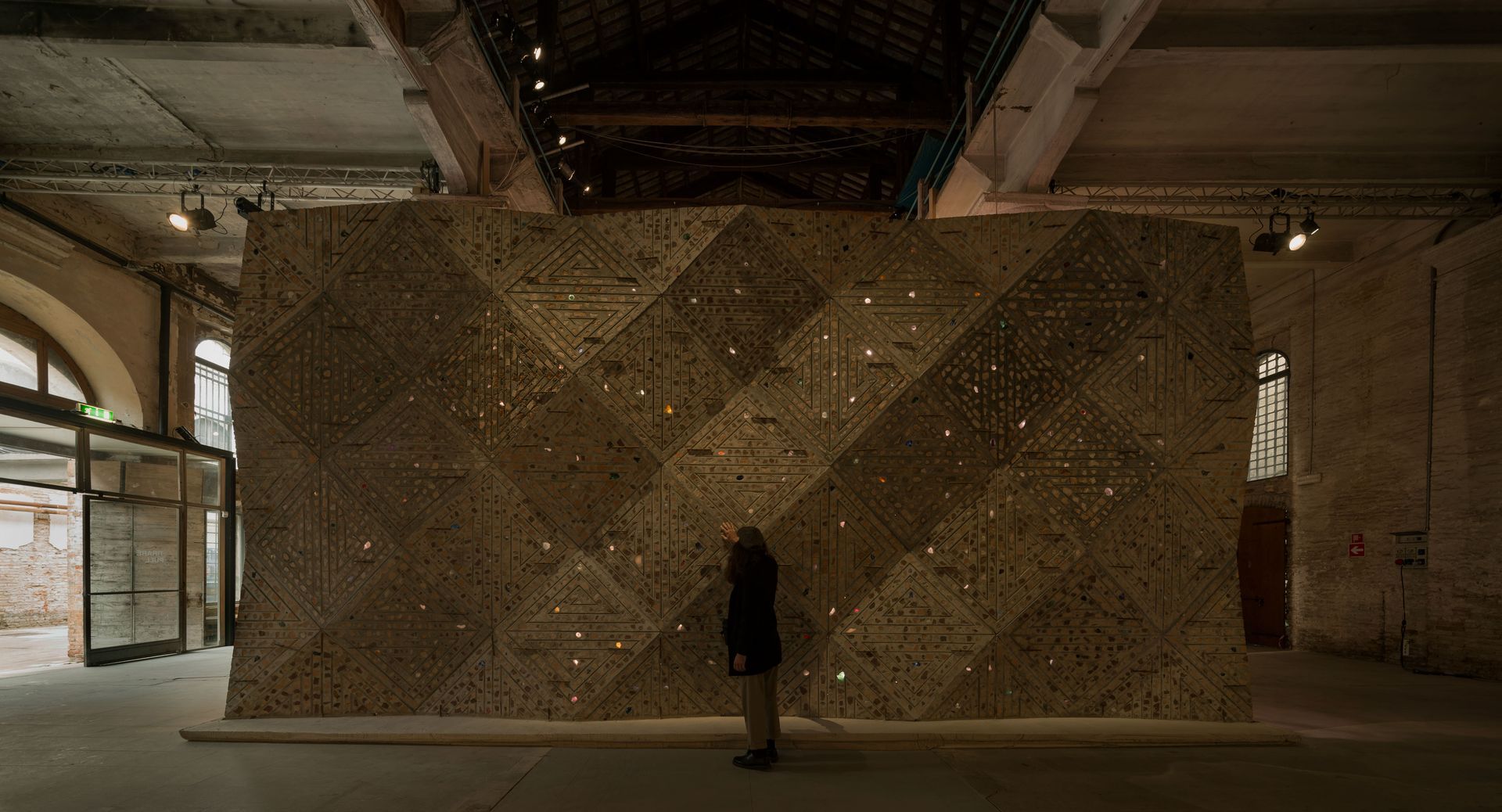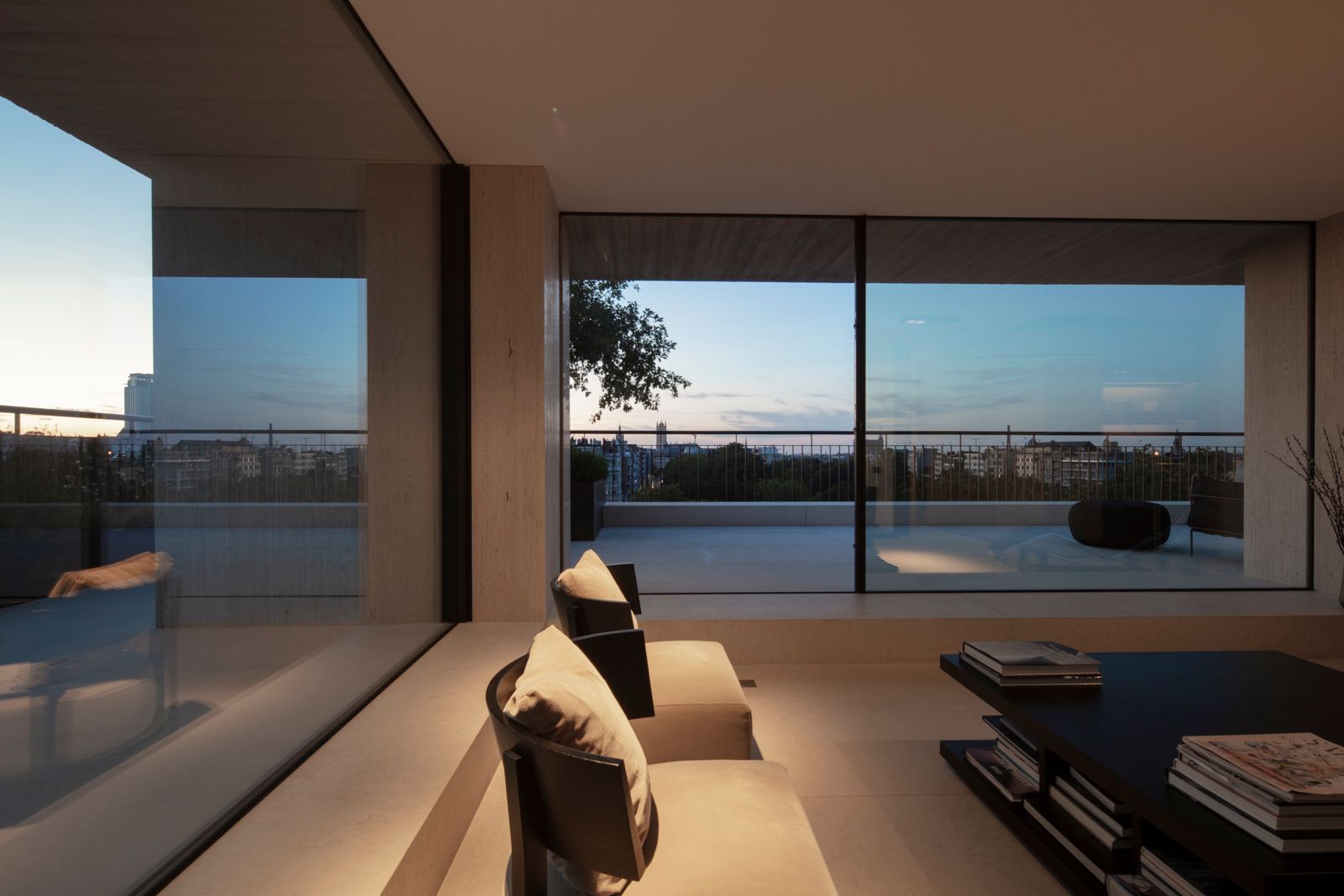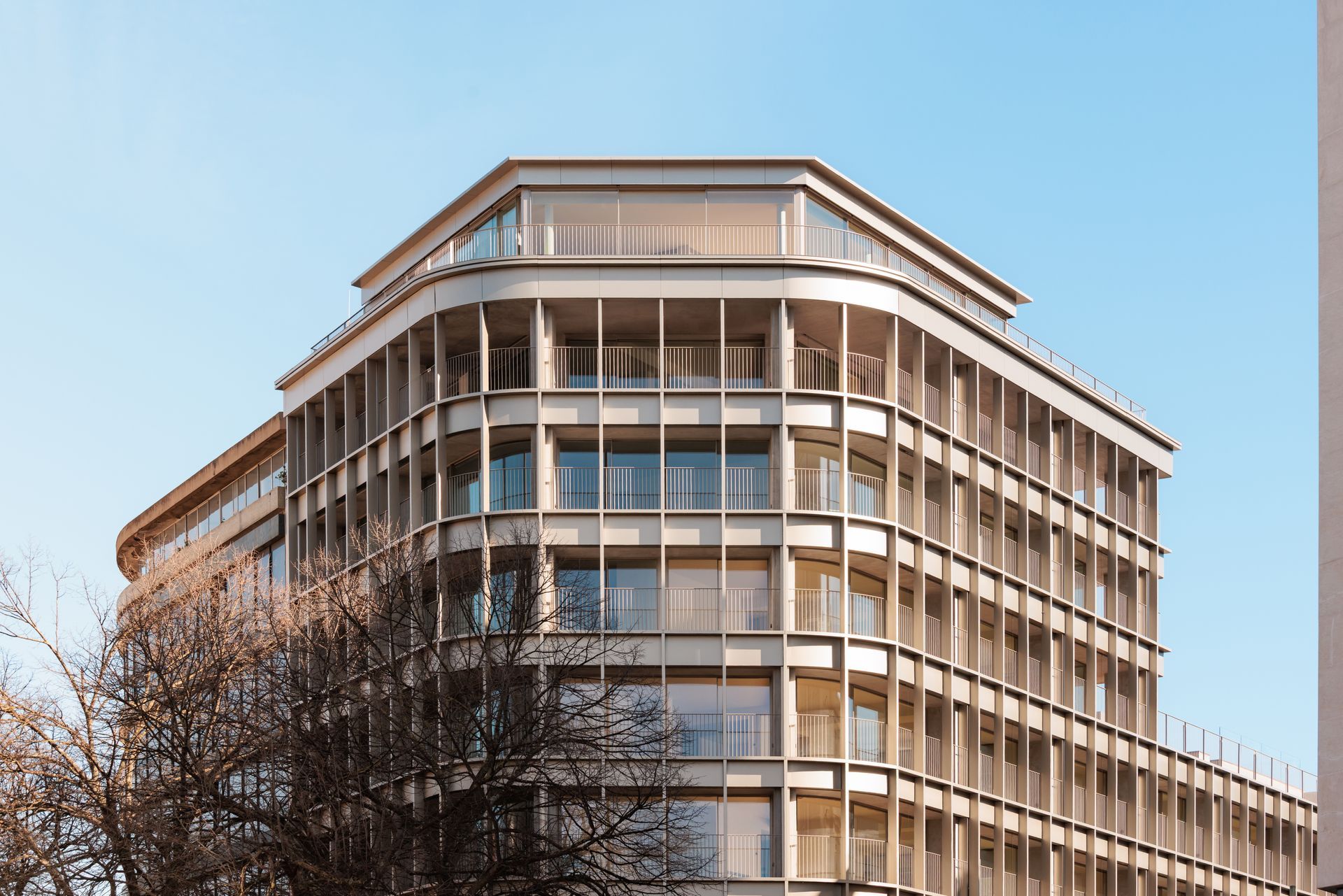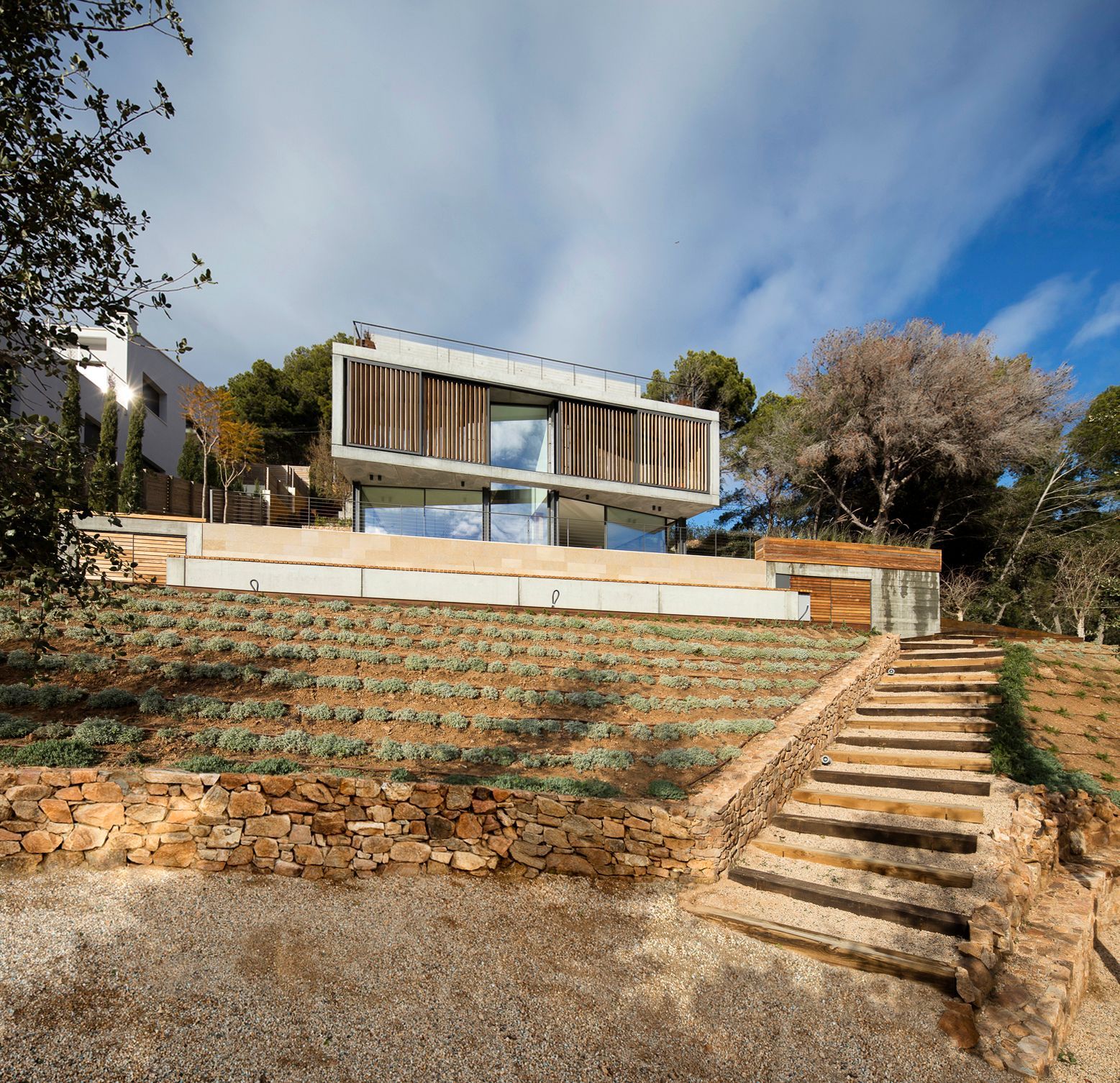Exploring Art and Architecture at the Venice Biennale 2023: A Journey Through Creativity
La Biennale di Venezia, commonly known as the Venice Biennale, is a renowned global art show in various venues in the captivating city of Venice. This article will share a firsthand account of the event, focusing on the art and architecture exhibits that caught our attention.
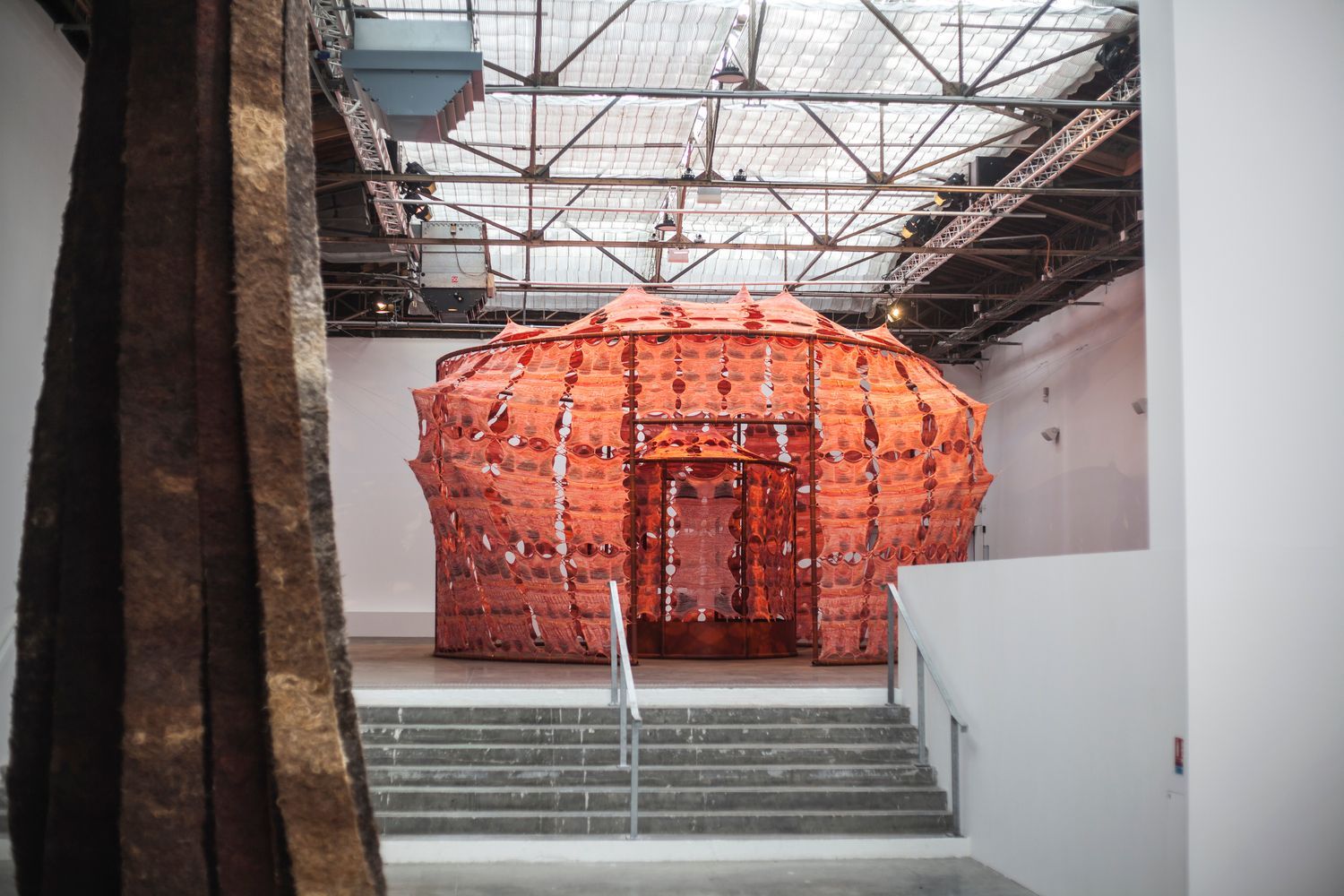
Africa as the Lab for the Future:
The 2023 edition of the Venice Biennale of Architecture took an innovative approach by putting the African diaspora under the microscope. Inspired by Lesley Lokko's research, the theme "Africa as the lab for the future" aimed to redefine our understanding of the terms "future" and "laboratory." This thematic exploration gave a fresh perspective on the African continent's contributions to architectural and artistic endeavours.
"Lokko starts with her continent of origin, Africa, to talk about its historical, economic, climate and political criticalities and to let us all know «that much of what is happening to the rest of the world has already happened to us. Let’s work together to understand where we have gone wrong so far and how we must face the future.» - stated Roberto Cicutto, President of La Biennale di Venezia.
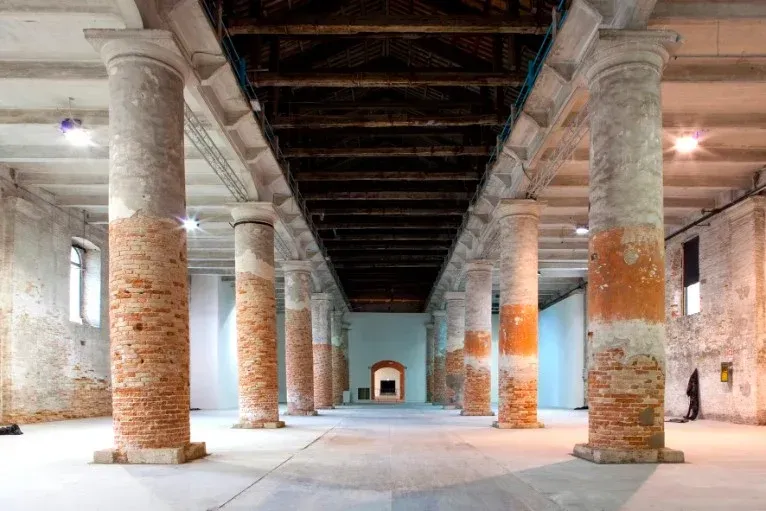
Carbon Neutrality as a Challenge:
One of the most significant highlights of this year's Biennale was its commitment to carbon neutrality. The organisers consciously examined all events' designs, installations, and operations to reduce the carbon footprint. This eco-conscious approach aligned with the global movement towards sustainable practices within the art and architecture community.
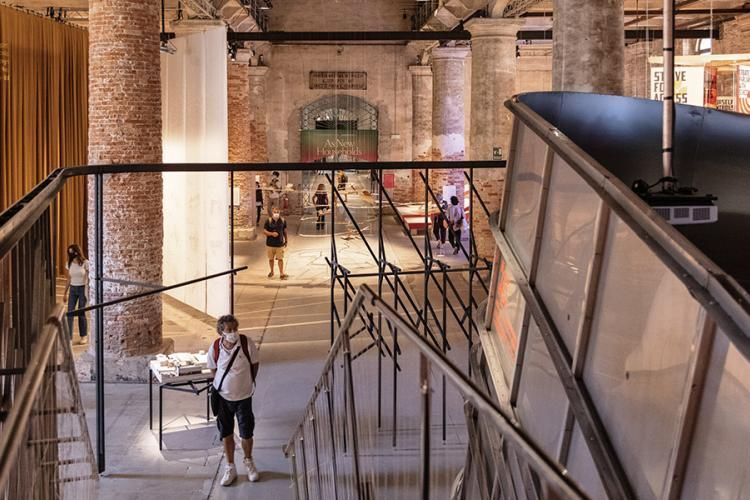
Fertile Futures at the Portugal Pavilion:
Among the diverse exhibits, the Fertile Futures project stood out at the Portugal Pavilion. Curated by Andreia Garcia, with assistance from Ana Neiva and Diogo Aguiar, this thought-provoking display explored the potential intersections between architecture and nature. The project challenged our perception of urban spaces and their relationship with the environment through innovative design concepts and interactive installations.
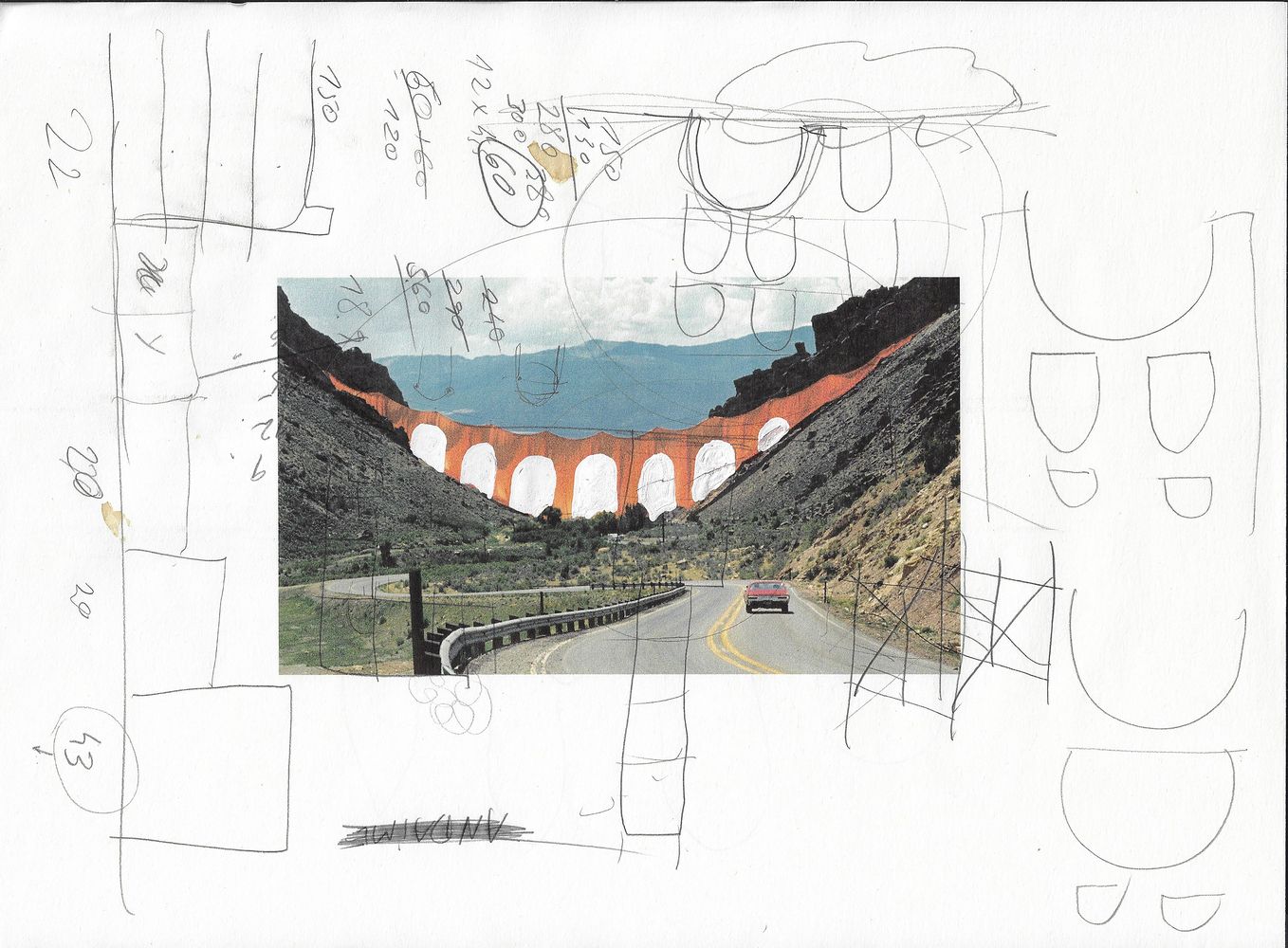
Multidisciplinary Collaborations:
The Venice Biennale provided a platform for artists, architects, and designers from various backgrounds to collaborate and showcase their collective creativity. The event fostered an atmosphere of interdisciplinary exchange, where different artistic and architectural practices intertwined. This fusion of ideas resulted in groundbreaking installations, sculptures, and immersive experiences that captivated visitors.
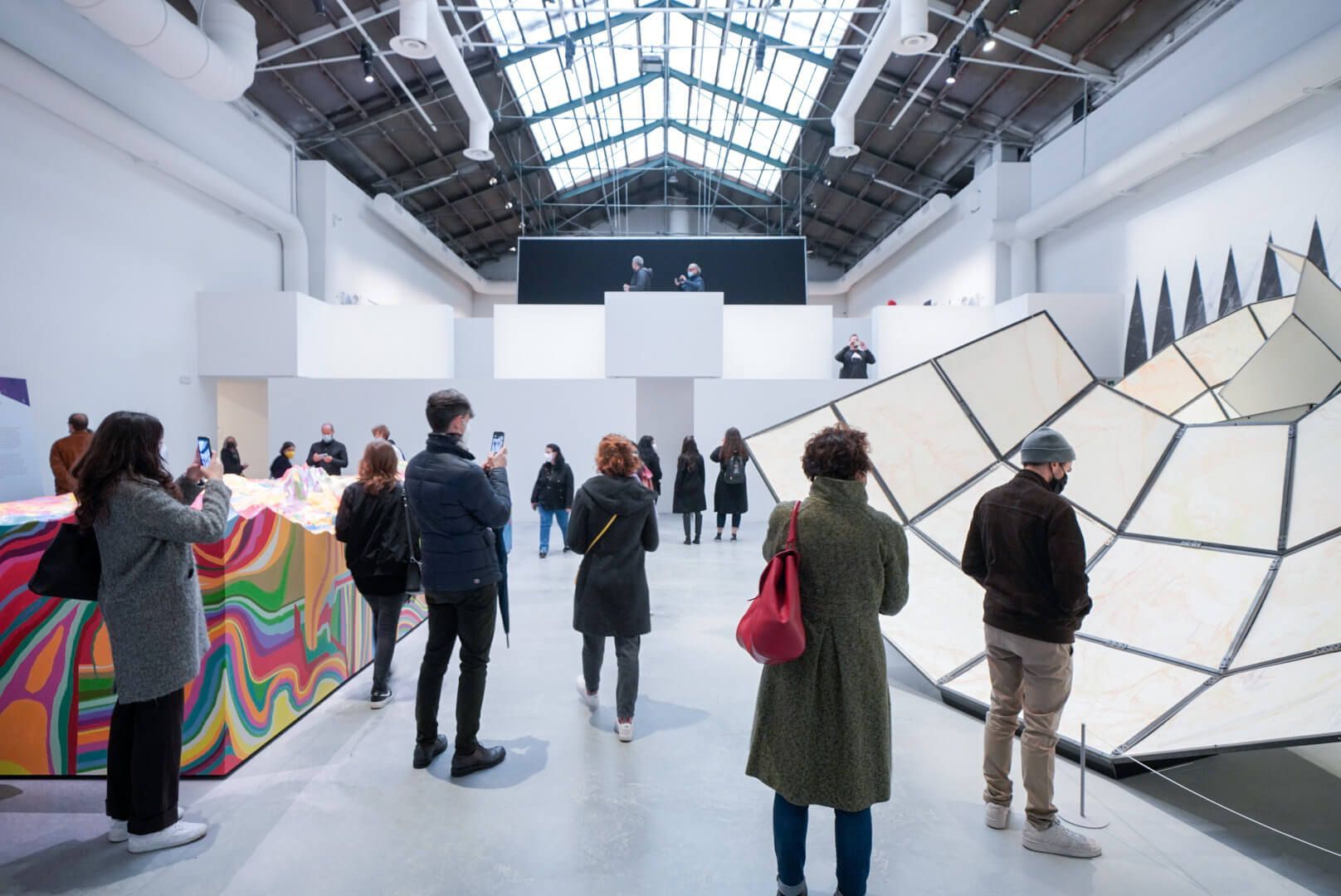
Venetian Heritage and Contemporary Expression:
With its rich cultural heritage, Venice was an ideal backdrop for the Biennale. The juxtaposition of historical landmarks and contemporary art and architecture created a unique ambience that enhanced the overall experience. Exhibits strategically placed within iconic venues, such as the Arsenale and Giardini, provided a fascinating dialogue between past and present, showcasing the enduring relevance of artistic and architectural expression.
